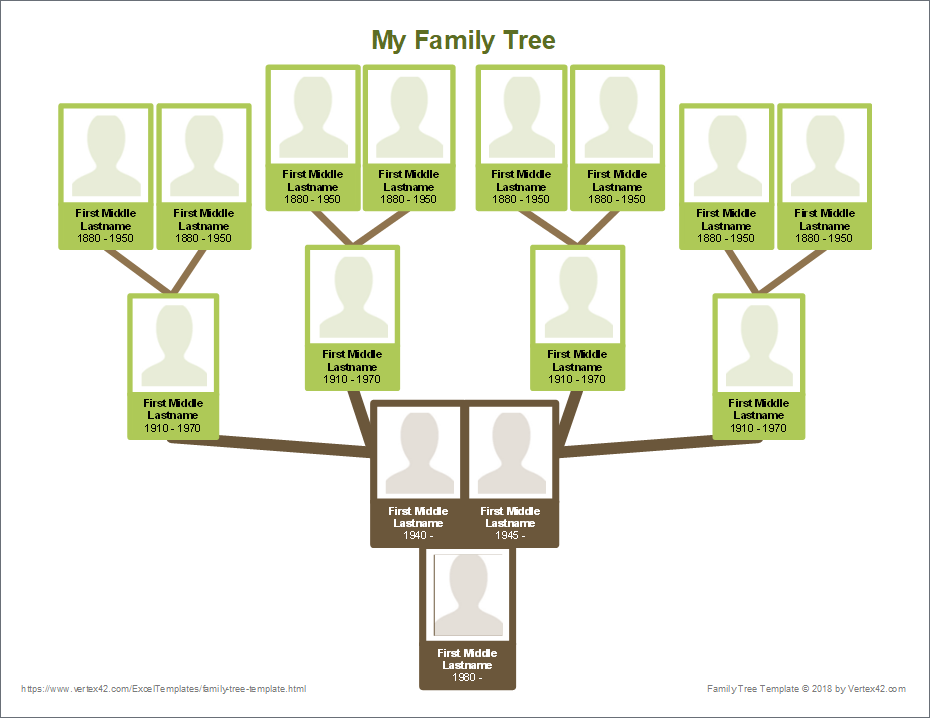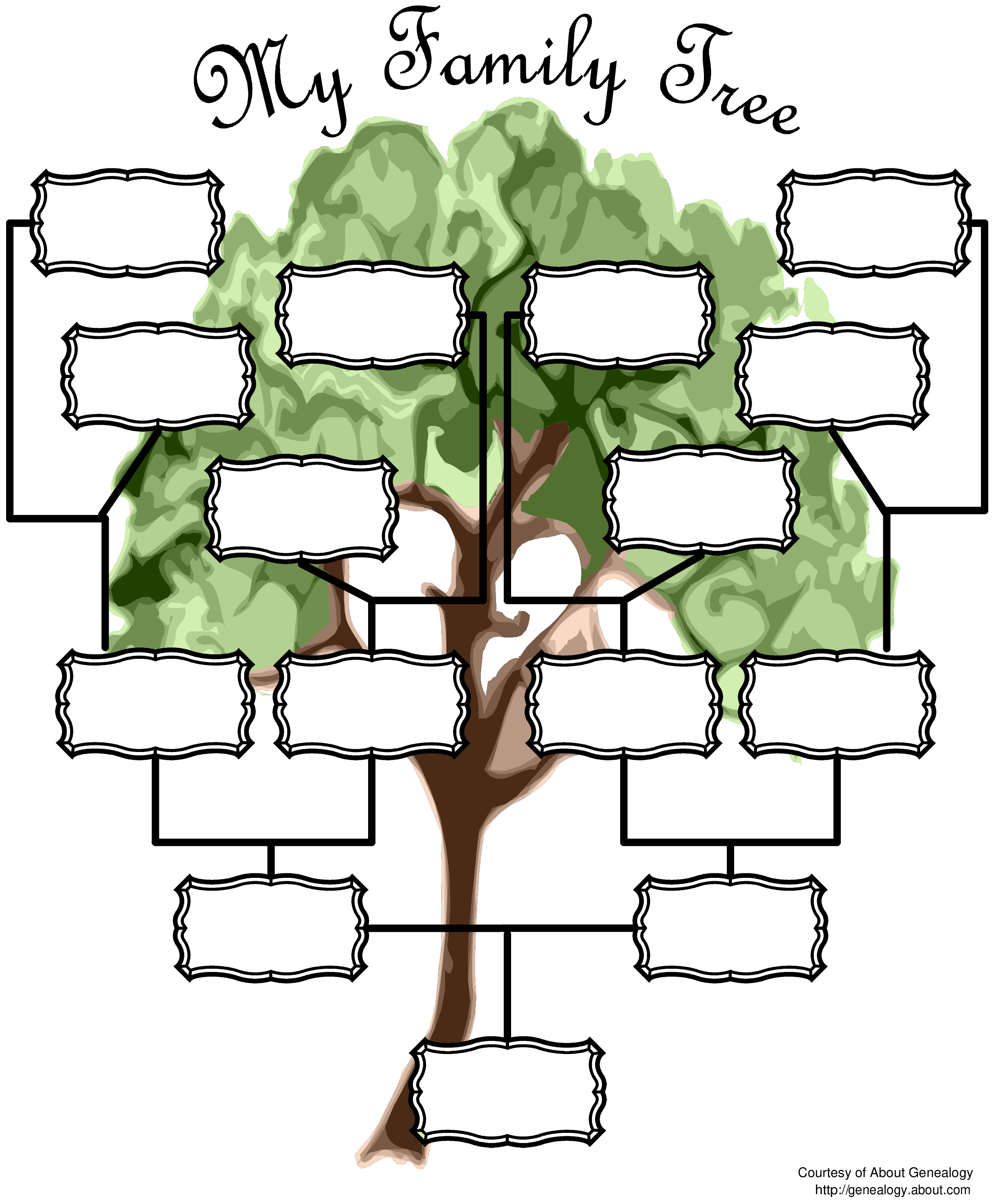
A family tree chart is a visual representation of a person’s ancestry or genealogy. It shows the relationships between different individuals in a family, including parents, grandparents, great-grandparents, and so on. The chart typically starts with the individual at the base and expands upwards, adding branches for each generation. It provides a comprehensive view of a person’s family history, helping to trace lineage and understand one’s roots.
Family tree charts can be created in various formats, from simple hand-drawn diagrams to complex digital designs. They are not only a fascinating way to explore one’s family history but also serve as valuable historical records.
Why Create a Family Tree Chart?
Creating a family tree chart can be a rewarding and educational experience for individuals and families. Here are some compelling reasons why you should consider making one:
- Preserve Family History: A family tree chart helps preserve and document your family’s history for future generations.
- Connect with Relatives: It can help you connect with relatives you may not have known about, facilitating the discovery of long-lost family members.
- Understand Heritage: A family tree chart allows you to understand and explore your cultural and ethnic heritage.
- Pass Down Stories: It provides a platform to pass down stories, traditions, and values from one generation to another.
- Identify Patterns: By studying your family tree, you may identify patterns of behavior, health conditions, or talents that run in the family.
How to Create a Family Tree Chart
Creating a family tree chart is a step-by-step process that requires research and organization. Here is a guide to help you get started:
1. Gather Information
Begin by collecting as much information as possible about your family members. This includes names, birth dates, marriage dates, death dates, and any other relevant details. Talk to older relatives, search through family documents, and explore online genealogy databases for additional information.
2. Organize the Information
Once you have gathered all the necessary information, organize it systematically. You can use software programs like Family Tree Maker or online platforms like Ancestry.com to store and organize your data. Alternatively, you can create a physical binder or folder to keep all the documents and records in one place.
3. Choose a Chart Format
Decide on the format for your family tree chart. There are various options available, including traditional pedigree charts, fan charts, and circular charts. Choose a format that best suits your preferences and the amount of information you have.
4. Design the Chart
Design your family tree chart using software, online tools, or by hand. Include all the relevant information you have gathered, starting with yourself or the person at the base. Add branches for each generation, connecting parents to children, and expand the chart as you go up the family tree.
5. Add Photos and Stories
To make your family tree chart more engaging, consider adding photos and stories to accompany each individual. This personal touch brings the chart to life and helps create a connection with your ancestors.
6. Share and Update
Once your family tree chart is complete, share it with your relatives. They may have additional information or corrections to contribute. It’s also essential to update the chart regularly as new information becomes available or as the family grows.
Top Tips for Creating an Effective Family Tree Chart
Creating an effective family tree chart requires attention to detail and careful planning. Here are some tips to help you create a chart that is informative and visually appealing:
- Start with Yourself: Begin the chart with your details and work backward, adding generations as you go.
- Use Consistent Formatting: Maintain a consistent format throughout the chart, including font size, style, and spacing.
- Include Dates and Locations: Add birth, marriage, and death dates, as well as locations for each individual whenever possible.
- Color Code Branches: To make it easier to follow different branches of the family, consider using different colors for each line.
- Keep it Simple: Avoid overcrowding the chart with too much information. Focus on the essential details and use additional sheets or documents for more in-depth information.
Sample Family Tree Chart
Here is an example of a simple family tree chart:




Conclusion
A family tree chart is a valuable tool for understanding and preserving your family history. By creating a comprehensive visual representation of your ancestry, you can connect with your roots, discover new relatives, and pass down stories and traditions to future generations. So, start your journey into the past today and create a family tree chart that will be cherished for years to come.
Family Tree Chart Template – Download